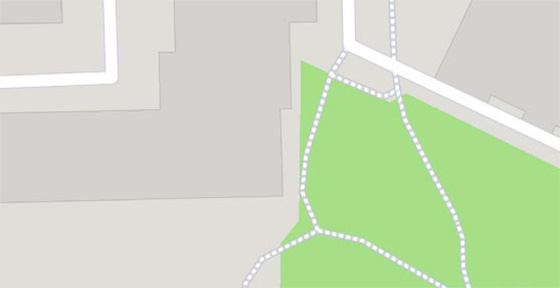The Neolithic settlement is part of the Archaeological Museum in Biskupin, also known as the Polish Pompeii. The whole thing has been reconstructed on the basis of archaeological excavations. You can see two long huts here - the first fairly accurately reflects the conditions in which the first farmers lived in Poland, while the interior of the second was adapted to the needs of the museum exhibitions.
In addition to the huts themselves, their surroundings were also recreated. Tourists visiting the settlement can get to know the plants cultivated in the Neolithic period, including millet, chickpeas, barley, broad beans, flax, peas, lentils, and also cereals - wheat, spelled and einkorn. An interesting fact is also the so-called cult spring. Archaeologists have proved that it was used not only to draw drinking water from it, but also performed ritual functions and was considered a sacred place.
The remains of the settlement in Biskupin were discovered in 1933 by a local teacher, Walenty Szwajcer. From 1934, excavations and scientific research began, which are continued to this day. Today, the museum and archaeological open-air museum in Biskupin are the most popular objects of this type in Poland.
Attractions inside




